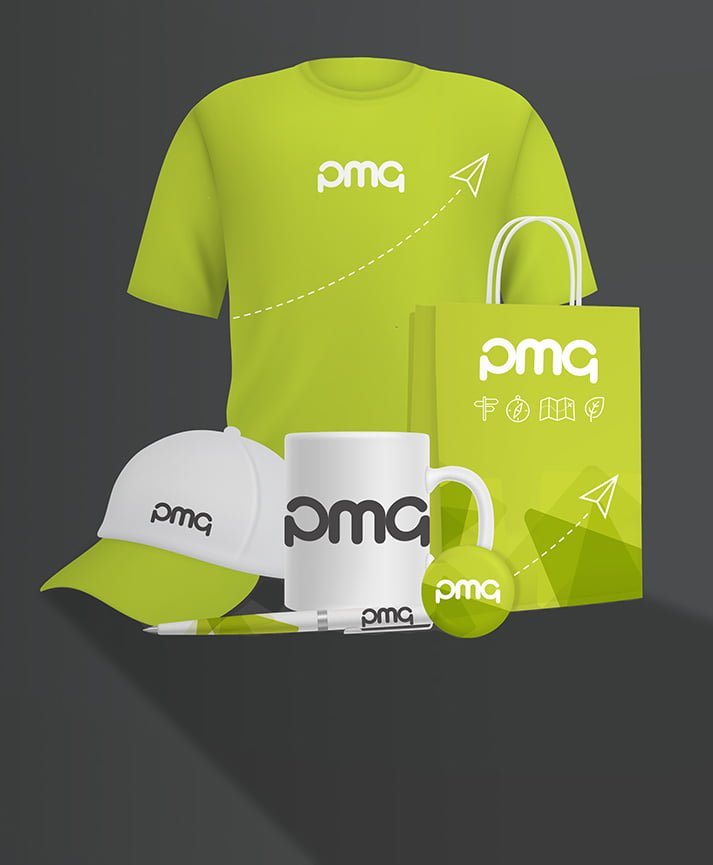
Controversial advertising, or ‘shockvertising’, has been around for longer than some may think. This marketing technique involves deliberately courting controversy, aiming to step on viewers’ toes in order to generate discussion and increase brand awareness. It’s a dangerous tactic, as opt to backfire spectacularly as it is increase product sales. What do you think – is there really no such thing as bad publicity? We’ve collected three of the most talked about controversial print ads, some of which proved more successful than others. Will you be tempted to try shockvertising yourself this year?
Wonderbra: ‘Hello Boys’
This 1994 billboard campaign for Wonderbra brassieres is undoubtedly one of the most famous print ads of all time. The ad features Czech model Eva Herzigová, clad only in Wonderbra underwear, gazing down at her own cleavage and remarking ‘Hello Boys!’. Is she addressing her own bust or, any male onlookers? Of course the copy was intended to be ambiguous, but if urban legend is to be believed then the posters certainly attracted a lot of male attention – it was reported at the time (and repeated countless times since) that Eva’s chest proved so distracting to male motorists that the ad caused countless car accidents. This wasn’t the only controversy attached to the ‘Hello Boys’ campaign, however. Wonderbra ads have been dogged by accusations of sexism for years, with the creative teams behind the campaigns predominantly male. Why should women’s underwear be advertised in a manner that appeals to men? Despite these complaints, ‘Hello Boys’ was voted the most iconic poster of all time in a 2011 poll.
Sisley: ‘Fashioin Junkie’
This print ad for fashion brand Sisley was released in 2007, although when the controversy surrounding the campaign reared its head Sisley was quick to deny any involvement. Could this be the work of renegade advertisers working without the brand’s approval? It’s an excuse we’ve heard time and again when shockvertising backfires, and if nothing else it’s a convenient one. This campaign features a pair of ‘heroin chic’ models pretending to ‘snort’ a white vest, arranged on a table in the manner of a pile of narcotics. Also in shot is a suspicious-looking line of white powder displayed on a business card. The caption reads ‘Fashioin Junkie’, with fashion intentionally misspelled to evoke heroin. Not surprisingly, this ad was lambasted for glamorising drug abuse and eventually banned. A lesson in how shockvertising can backfire spectacularly.
Protein World: ‘Are you beach body ready?’
You don’t have to go back too far to find an example of a controversial ad. Protein World’s ‘are you beach body ready?’ campaign caused huge controversy just this year when the ads were plastered over London tube stations and inside carriages. Critics argued that the campaign was damaging to self esteem, promoted an unhealthy body image and encouraged people to skip meals – Protein World’s products are billed as ‘meal replacements and supplements’. The Protein World campaign can’t really be classed as shockvertising either, as it’s unlikely the advertisers intended to cause shock and offence. Instead the campaign could be described as poorly handled, with Protein World’s subsequent response only succeeding in compounding the felony. That being said, we’re all still talking about these inarguably controversial ads…
Shockvertising is a technique that fails as many times as it succeeds, and even then it isn’t appropriate for all brands and products. If you’d like to create a winning print marketing campaign that doesn’t alienate your audience, talk to us. Our design studio is chock full of marketing experts ready to make your ideas a reality.
















































